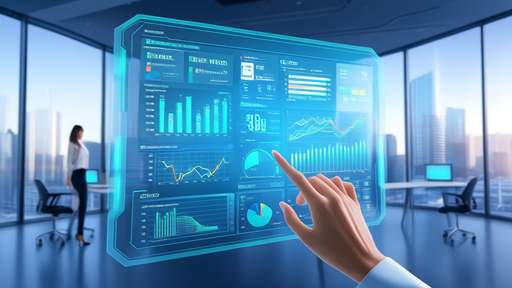The intersection of neuroscience and marketing has given rise to a fascinating field known as neuromarketing, where brain science is leveraged to understand consumer behavior at a deeper level. Among the various tools employed in this domain, electroencephalography (EEG) stands out as a powerful method for capturing real-time neural activity. By measuring electrical impulses in the brain, EEG provides marketers with unparalleled insights into how consumers emotionally and cognitively respond to advertisements, products, and branding strategies. This technology is reshaping the way companies approach market research, moving beyond traditional surveys and focus groups to tap into subconscious reactions that consumers themselves might not even be aware of.
EEG’s application in neuromarketing is rooted in its ability to track brainwave patterns with millisecond precision. Unlike functional magnetic resonance imaging (fMRI), which offers high spatial resolution but is cumbersome and expensive, EEG is relatively portable and cost-effective. This makes it an attractive option for studying consumer responses in more natural settings, such as retail environments or during live advertising exposures. The data derived from EEG can reveal critical metrics like attention, emotional engagement, and memory encoding—factors that are pivotal in predicting purchasing decisions. For instance, a spike in theta waves might indicate heightened emotional connection, while beta waves could reflect active cognitive processing.
One of the most compelling aspects of EEG-based neuromarketing is its capacity to uncover implicit preferences. Traditional marketing research often relies on self-reported data, which can be biased or inaccurate due to social desirability or poor introspection. EEG bypasses these limitations by directly measuring neural activity, offering a window into the consumer’s subconscious. A classic example is the use of EEG to test advertisements. While a focus group might verbally express approval for an ad, EEG data could show low engagement or even negative emotional responses, prompting marketers to rethink their approach. This level of insight is invaluable for crafting messages that resonate on a deeper, more instinctive level.
The practical applications of EEG in neuromarketing are vast and growing. Companies are increasingly using it to optimize everything from packaging designs to website layouts. For example, a beverage brand might use EEG to determine which label colors evoke the strongest positive emotions, or an e-commerce platform could analyze how different checkout page designs affect cognitive load and decision-making. Even the entertainment industry has embraced EEG to gauge audience reactions to movie trailers or video game interfaces. The granularity of EEG data allows for micro-adjustments that can significantly enhance user experience and, ultimately, conversion rates.
Despite its promise, EEG-based neuromarketing is not without challenges. Interpreting brainwave data requires specialized expertise, and the sheer volume of information generated can be overwhelming. There’s also the ethical dimension to consider—some critics argue that probing consumers’ subconscious minds crosses a line into manipulation. However, proponents counter that neuromarketing simply refines the art of persuasion, much like any other advertising technique, but with a stronger empirical foundation. As the technology becomes more accessible, these debates are likely to intensify, calling for clearer guidelines and transparency in how neural data is collected and used.
Looking ahead, the future of EEG in neuromarketing appears bright, with advancements in machine learning and artificial intelligence poised to amplify its capabilities. Algorithms can now sift through massive EEG datasets to identify patterns that would be imperceptible to human analysts, enabling even more precise predictions of consumer behavior. Wearable EEG devices are also on the horizon, promising to bring neuromarketing out of the lab and into everyday consumer interactions. As these innovations unfold, businesses that harness the power of EEG will gain a competitive edge, crafting campaigns that don’t just capture attention but deeply connect with the human brain’s innate wiring.
In essence, EEG’s role in neuromarketing represents a paradigm shift in how we understand and influence consumer choices. By bridging the gap between science and commerce, it offers a transformative lens through which brands can decode the mysteries of the mind. While the technology is still evolving, its potential to revolutionize marketing is undeniable—ushering in an era where the most successful strategies are those that speak not just to the consumer’s wallet, but to their neurons.

By /Jun 3, 2025

By /Jun 3, 2025

By /Jun 3, 2025

By /Jun 3, 2025

By /Jun 3, 2025

By /Jun 3, 2025

By /Jun 3, 2025

By /Jun 3, 2025

By /Jun 3, 2025

By /Jun 3, 2025

By /Jun 3, 2025

By /Jun 3, 2025

By /Jun 3, 2025

By /Jun 3, 2025

By /Jun 3, 2025

By /Jun 3, 2025

By /Jun 3, 2025

By /Jun 3, 2025

By /Jun 3, 2025

By /Jun 3, 2025